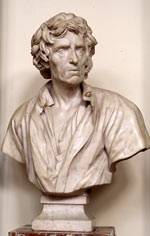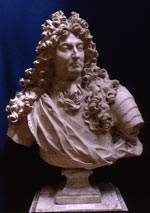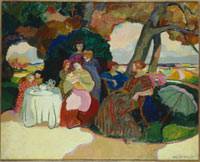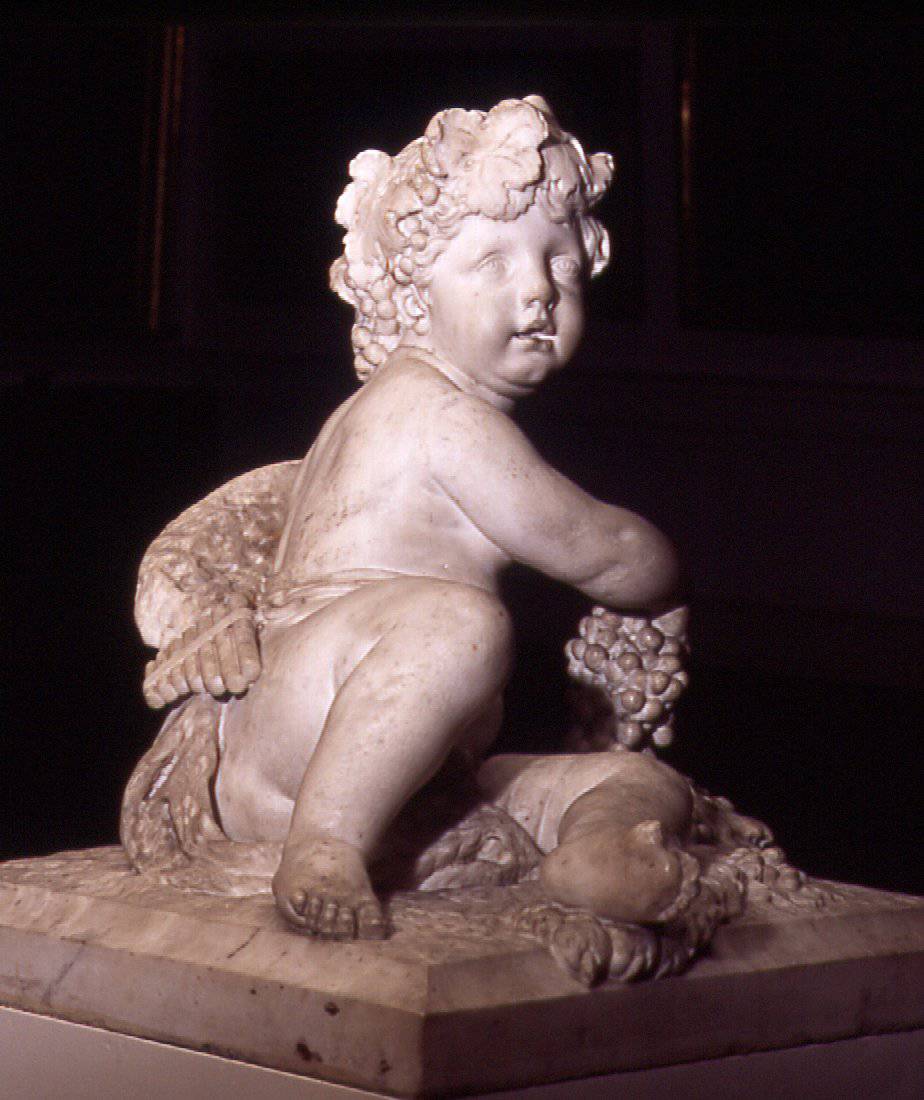Arts
François Gentil (begining XVIe-1582)
One of the greatest sculptors of the time. His name appears in the Church Registers in 1541 (he produced two statues for the St Jean Church in Troyes) then in 1547 at the Cathedral, in 1548 at Saint Jean again and in 1550 and 1553 at Saint Nicolas. He left some unique works to the town’s churches.
Dominique Del Barbier, dit Le Florentin et le beau XVIème s. (1501-1572)
When people in Troyes talk about the “beautiful 16th”, they are not referring to the 16th arrondissement of Paris. Instead, it is a reference to a prosperous period in the city’s history, when Troyes was a melting pot of artistic talent and creativity in fields as varied as sculpture, painting, tapestry, embroidery, goldsmithery and glasswork. The reconstruction of the city following the great fire of 1524 served to reinforce a movement that had begun with the fairs and markets, which had cemented Troyes’ international reputation and turned the city into a hotbed of talent and ideas.
The iconic figure of Domenico del Barbieri exemplifies this period in the city’s history. Born in Florence at the turn of the century, he was a complete artist, able to turn his hand to stucco, engraving, popular painting, architecture and sculpture. He brought the Renaissance to Troyes and revolutionised the city’s art scene, with its German, Flemish and Italian influences. After working at Château de Fontainebleau, del Barbieri spread his approach to architecture and décor across his adopted city.
The “Beautiful 16th Century in Troyes” is a unique collection of 2,800 listed sculptures, two thirds of which come from the region and relate to this period and this discipline.
Some of the pieces are housed in the world’s greatest museums, including the Louvre, London and New York. The characteristic iconography of the period features a Virgin with an oval-shaped face, a high, convex forehead, almond-shaped, slightly slanting eyes, long, wavy hair eparated into two symmetrical sections, and a delicate smile.
Linard Gonthier (1566-1641)
Master glass maker, grisaille and glass miniature specialist, numerous Troyes churches still bear witness to the excellence of the art of a man who rapidly became the leader of a studio that was prosperous and famous in the 17th century. He produced numerous windows for Saint Martin ès Vignes church, which he saw under construction, as well as for the Cathedral, with the stained glass of the Immaculate Conception (originally created for Saint Etienne church and which no longer exists) and that of the Mystic Winepress and its twelve apostles, a beautiful example of the enamelled glass technique.
The whole of the master glass maker’s art is expressed in a series of “secular” windows produced for Hôtel de l’Arquebuse, in Rue de la Planche Clément; these windows, today preserved in the Troyes “Médiathèque” library, date from 1621 and commemorate the visit of Henri IV to the city in May 1595.
He was only there for one day, but if the scenes painted by Linard Gonthier are to be believed, the festivities were in keeping with their royal personage. The king crossed the city on horseback under a canopy “of purple velvet covered in gold fleurs de lis with a purple satin background also covered in fleurs de lis with the King’s four coats of arms and eight embroidered Hs”.
Pierre Mignard (1612-1695)
Brother of Nicolas, made famous by his portrait of Louis XIV for the Spanish Infanta, he [Pierre Mignard] waspromoted to painter to the King, and Director of Les Gobelins, and is famous for his portraits. Recalled to the French court in 1657 after a long stay in Italy where he imbibed the Italian baroque style, he returned covered in glory. Hostile to Le Brun’s designs, he refused to become a member of the Academy, which wanted to see him kept away from official commissions.
Anne of Austria nevertheless commissioned him to decorate the dome of the Val-de-Grâce, his major work. Portraitist of writers and of women, he painted portraits of Molière, Bossuet, Mme de Montespan, Mlle de la Vallière, Mme de Sévigné and no less than 10 portraits of Louis XIV. In 1690, on the death of Le Brun, he was appointed first artist and director of the Academy.
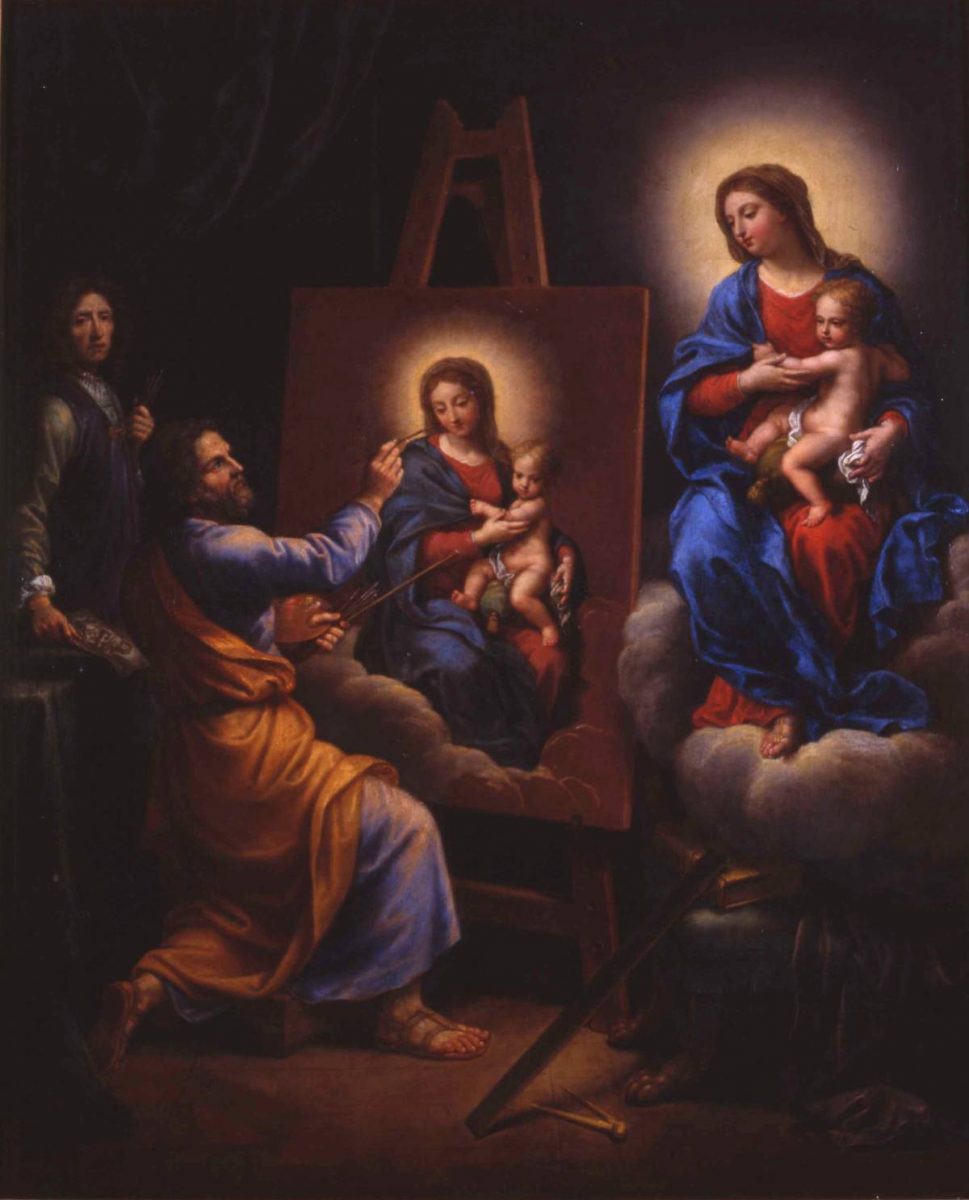
François Girardon (1628-1715)
Girardon is one of the masters of decorative and monumental statuary. Trained in Rome, received [Girardon] into the academy in 1657, he became the main collaborator of the artist Le Brun and official sculptor to Louis XIV. He worked with André Le Nôtre on the construction of the Château de Vaux-le-Vicomte.
Then he contributed to the decor of the Apollo gallery in the Louvre and produced some important works for the Versailles gardens, including Apollo served by nymphs, the winter statue, the Nymphs bathing bas-relief, and the Rape of Proserpine.
In particular he is owed Richelieu’s Tomb, at the Sorbonne, and the statue of Louis XIV on horseback erected in Louis-le-Grand Square (now Place Vendôme) but destroyed during the French revolution and a scaled down model of which is now in the Louvre Museum.
Nicolas Mignard (1606-1668)
The brother of the former, was called upon by Louis XIV for his talents of architect. Also specialist in etchings (prints obtained by passing a plate of copper in nitric acid mixed with water).

